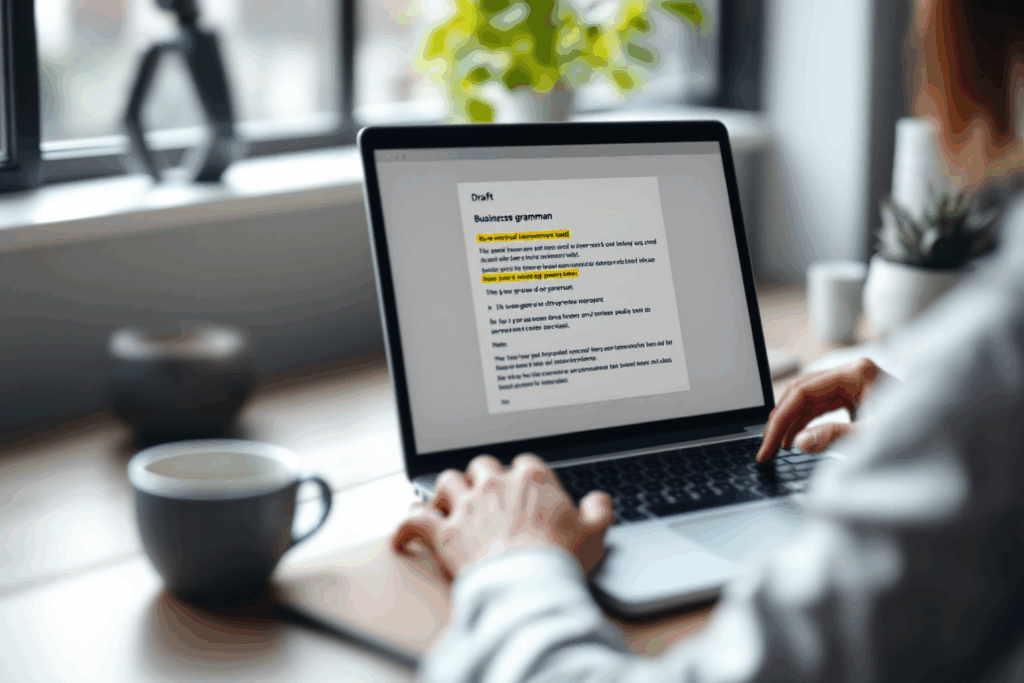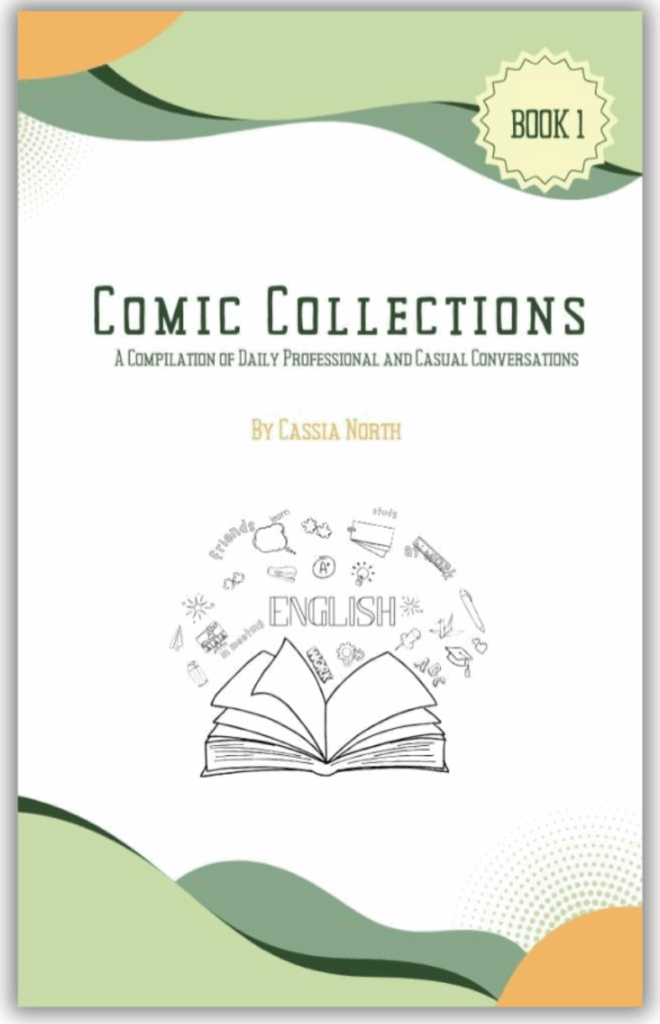
English Blogs
"Let's Learn, Explore, and Connect to the World"

Present Simple Continuous 6
- Tokita Akira
- Basic English Grammar Blog

VI. Expanding Your Practice with the Present Continuous Tense
To fully master the present continuous tense, diverse and consistent practice is essential. Here are some effective strategies and resources to help you expand your practice and deepen your understanding of this important aspect of English grammar.
Interactive Exercises and Activities
 Observation Diary: Keep a diary where you describe what you or people around you are doing at different times of the day. This exercise helps in applying the present continuous to real-life situations.
Observation Diary: Keep a diary where you describe what you or people around you are doing at different times of the day. This exercise helps in applying the present continuous to real-life situations.
 Role-playing Games: Engage in role-playing activities with language partners, focusing on scenarios that require the use of the present continuous, such as describing ongoing events or talking about future plans.
Role-playing Games: Engage in role-playing activities with language partners, focusing on scenarios that require the use of the present continuous, such as describing ongoing events or talking about future plans.
 Online Quizzes and Games: Utilize interactive online resources that offer quizzes and games focused on the present continuous tense. These activities provide a fun and engaging way to reinforce your learning.
Online Quizzes and Games: Utilize interactive online resources that offer quizzes and games focused on the present continuous tense. These activities provide a fun and engaging way to reinforce your learning.
Practical Application in Daily Life
 Everyday Conversations: Make a conscious effort to use the present continuous in your daily conversations, especially when talking about current actions or future plans.
Everyday Conversations: Make a conscious effort to use the present continuous in your daily conversations, especially when talking about current actions or future plans.
 Listening Practice: Pay attention to the use of the present continuous in English songs, movies, and TV shows. Listening to native speakers can help you understand how this tense is used naturally.
Listening Practice: Pay attention to the use of the present continuous in English songs, movies, and TV shows. Listening to native speakers can help you understand how this tense is used naturally.
 Reading and Analysis: Regularly read English newspapers, magazines, or books, and observe how the present continuous is used in different contexts.
Reading and Analysis: Regularly read English newspapers, magazines, or books, and observe how the present continuous is used in different contexts.
Conclusion
 Expanding your practice of the present continuous tense through varied exercises, resources, and real-life application is key to achieving proficiency. These activities not only reinforce your understanding but also enhance your ability to use the tense naturally in conversation and writing.
Expanding your practice of the present continuous tense through varied exercises, resources, and real-life application is key to achieving proficiency. These activities not only reinforce your understanding but also enhance your ability to use the tense naturally in conversation and writing.
Latest Blogs

Present Simple Tense 1
English Blogs “Let’s Learn, Explore, and Connect to the World” Present Simple Tense 1 I. Introduction to the Present Simple Tense in English Mastering the

Present Simple Tense 2
English Blogs “Let’s Learn, Explore, and Connect to the World” Present Simple Tense 2 II. Understanding the Present Simple Tense Definition and Structure At its
Reading comprehension quiz
Check out our books and more!

Comic Collections : A Compilation of Daily Professional and Casual Conversations (Book 2)
Master conversation with ‘Comic Collections’ (Book 2) by Cassia North. A fun, insightful guide to professional and casual communication, packed with engaging comics and practical tips for every interaction!
Check out our Blogs!
Read our everyday blogs and gain new knowledge, skills, and inspiration to support your learning journey here in SEKAEL.


Explore Mental Health Blogs to gain insights and tips on self-care, emotional balance, and personal well-being.







 Link to Ongoing Actions: Associate the present continuous with actions happening right now. Whenever you’re describing something in progress, this tense is likely the correct choice.
Link to Ongoing Actions: Associate the present continuous with actions happening right now. Whenever you’re describing something in progress, this tense is likely the correct choice. Temporary Situations: Use this tense for situations that are temporary or part of a change. This helps in differentiating from permanent states, which usually use the present simple tense.
Temporary Situations: Use this tense for situations that are temporary or part of a change. This helps in differentiating from permanent states, which usually use the present simple tense. Future Arrangements: Remember that the present continuous can also be used for future plans, especially those that are definite and have been organized.
Future Arrangements: Remember that the present continuous can also be used for future plans, especially those that are definite and have been organized.
 Context is key in deciding whether to use the present continuous tense. Consider whether the action is currently happening, is a temporary situation, or is a planned future event. This understanding is crucial for correct tense usage.
Context is key in deciding whether to use the present continuous tense. Consider whether the action is currently happening, is a temporary situation, or is a planned future event. This understanding is crucial for correct tense usage. Consistent practice is essential for mastering the present continuous tense. Try to incorporate it into your daily English use, whether in speaking or writing. Listening to native speakers and reading English texts can also provide practical examples of how this tense is used in various contexts.
Consistent practice is essential for mastering the present continuous tense. Try to incorporate it into your daily English use, whether in speaking or writing. Listening to native speakers and reading English texts can also provide practical examples of how this tense is used in various contexts. Grasping the present continuous tense’s usage, including when and how to form questions and negatives, is a vital step in improving your English proficiency. By practicing regularly and being mindful of common mistakes, you can enhance your ability to communicate effectively in English.
Grasping the present continuous tense’s usage, including when and how to form questions and negatives, is a vital step in improving your English proficiency. By practicing regularly and being mindful of common mistakes, you can enhance your ability to communicate effectively in English.













 Understanding how to correctly form questions and negatives in the present continuous tense is crucial for effective communication. It allows for a more dynamic and varied expression, essential in both spoken and written English. In the next section, we will delve into practical tips for using this tense and common mistakes to be aware of.
Understanding how to correctly form questions and negatives in the present continuous tense is crucial for effective communication. It allows for a more dynamic and varied expression, essential in both spoken and written English. In the next section, we will delve into practical tips for using this tense and common mistakes to be aware of.